My son, Nathan, has high functioning autism, otherwise known as Asperger’s syndrome.
Today, I want to share our autism story with you; from the signs leading up to his diagnosis to where we are today.
Nathan is 14 now and he was diagnosed with autism when he was 11.
The Beginning:
It all started when Nathan was born in 2003. He was a happy, healthy baby and met all his milestones on time or early. He was our first baby so motherhood was new to me. Everything seemed to be fine until he was about 15 months old and Nathan began to change. He stopped babbling and didn’t make much eye contact. I didn’t know what happened, but the doctor assured me he was fine.
Nathan’s behavior became more challenging as he reached 3 and still wasn’t talking. He was essentially non-verbal for those years and didn’t even try to talk. He “communicated” by screaming, whining, and making noises at us. He would “stim” by rocking back and forth in his crib over and over again. He couldn’t fall asleep without doing the rocking motions.
It was very hard for my husband and I because we didn’t know what to do. The doctor still brushed us off saying “boys tend to talk later” and Nathan was fine. But he didn’t seem fine to us.
Still, he was relatively healthy (he didn’t get sick often) and he was walking around and meeting the normal physical milestones.
By age 4, Nathan finally began to add a few words to his vocabulary and then started to quickly catch up. But I couldn’t get rid of that nagging feeling something was “off.”
We had Nathan evaluated with our local school district to see if he qualified for any services. They determined that he had a speech delay, but did not have autism, ADHD, or any other behavior disorder I was worried about.
I felt relieved…temporarily.
We tried putting Nathan in the “special ed” preschool, but it quickly became apparent that Nathan was the highest functioning child in the class and it didn’t feel right to me. I knew he would get speech therapy, but in my eyes, Nathan was quickly making up for lost time and speaking more and more every day. And the other children were far less verbal than him and I worried they might influence him to regress. (Call it overprotective first-time mom or instinct, but we pulled him.)
I was a stay-at-home mom and Nathan was simply home with me.
Our daughter, Emily, was born when Nathan was 3.5.
I homeschooled Nathan for kindergarten and it was clear he was academically gifted. But we still struggled with his behavior. He would overreact over simple things and throw massive tantrums.
There were certain things that stood out to me. Nathan couldn’t stand to have his hair cut. Or his ears touched. And while he talked, he didn’t seem to listen or communicate like he should. He didn’t understand non-verbal cues at all. He wouldn’t pay attention when we pointed to something or react if I gave him a “warning” look that already worked with my toddler daughter.
We took him to our family doctor (we eventually switched to a new doctor) for annual checkups, but nothing stood out to the doctor as obviously autistic. She agreed that he may be “ADHD” but I didn’t see a need to push for that ‘label’.
But as he got older, Nathan’s behavior worsened and was increasingly inflexible with variations to our routine.
By the time he was 8, I had 3 younger children and I was exhausted.
I was dealing with my own health issues (I later learned I had hypothyroidism and adrenal fatigue) and the stress of not knowing how to deal with and help Nathan grew and grew.
By the end of 3rd grade, I was done with homeschooling.
My husband and I agreed to put Nathan into public school for 4th grade. The timing worked out well because, that fall, I required a partial hysterectomy.
School:
Nathan went into 4th grade as a “typical” kid. This means he did not have an IEP plan or any additional recommendations or suggestions for the school to help him.
He started off the year well but after 2 months, he started struggling. He was ahead of the class academically and his boredom didn’t help. He quickly learned that throwing a pencil or yelling earned him a trip to guidance where he could relax (less stimulation) and talk to the guidance counselor.
Nathan didn’t know how to react to the other kids. He came home every day overstimulated and began to have more and more outbursts at home.
It felt like he held it in all day (though not without incident) and exploded every day when he came home. He became more violent toward us and his younger siblings.
The school staff didn’t seem to think Nathan had autism or even ADHD, but at this point, I was worried and it was very obvious to me that something more was going on than “behavior” issues.
Nathan genuinely seemed to not be able to handle school. Or disruptions at home (and with 3 younger siblings, there were a LOT!)
We took Nathan to a licensed therapist. It seemed to help for a little bit, but not for long. The therapist suggested that Nathan did indeed show signs of ADHD and even autism.
Finally, by that Christmas, my husband and I decided to pull Nathan from school and homeschool him again until we could get him help. This helped reduce a lot of the stress that Nathan was feeling, but certainly didn’t “fix” everything. And I was still overwhelmed and knew I couldn’t handle homeschooling on an ongoing basis.
Searching for Answers
We took Nathan to a different therapist and after 2-3 months of weekly sessions, the psychologist told me that Nathan didn’t seem to have any emotional issues, that we had a good home life and he was doing pretty well emotionally. But he agreed there was something more going on and suggested we look into testing.
We found a facility that offered basic testing. The results came back that Nathan had ADHD, but it was inconclusive for autism. We were told Nathan was in the “gray” area where he wasn’t fully “typical” but he wasn’t fully “autistic” either.
We also learned that Nathan tested with a high IQ of almost 140. The woman who tested him explained that Nathan experienced frustration with the testing method and she highly suspected he would have tested even higher if not for that reason.
Basically, we were given a simple diagnosis but not the full picture. They said if we wanted to pursue an autism diagnosis, we’d have to see a renowned pediatric neurologist who specialized in autism. We put in an appointment request and waited.
Nathan was now in 5th grade at this point and I continued to homeschool him. While we were taking him to therapy and searching for answers, I looked into different options for things I could do to support him at home.
It was during this time that our family doctor suggested we test Nathan for MTHFR, a genetic mutation that about 98% of kids with autism have. The test came back positive and we began the recommended b-vitamin supplements.
Around the same time, we removed dyes, corn syrup, and high fructose corn syrup from Nathan’s diet. Many studies indicated kids with ADHD react poorly to those artificial ingredients, so we decided to try it.
Both the MTHFR treatment and diet changes helped, but we were still struggling. This was the beginning of my journey of using natural remedies and options to help Nathan. (That’s a whole blog post for another day.)
It took 5 months on the waiting list before we could get in with the pediatric neurologist. We came away with a definitive diagnosis of autism spectrum disorder. In Nathan’s case, he had “high-functioning autism.” The neurologist explained that they were no longer diagnosing “Asperger’s Syndrome” because it was “too confusing” but that was essentially what Nathan had.
Nathan was also diagnosed with Semantic-Pragmatic Disorder. This is a language disorder that means one has challenges with understanding the meaning of something being said and how to respond appropriately in social situations. It often goes hand-in-hand with an autistic diagnosis.
The Official Diagnosis
Once Nathan was officially diagnosed with autism in April of 2014, we had the “label” and information we needed to get the help he needed.
I was emotional but mainly relieved. For years, I worried Nathan’s “issues” were the result of me being a bad mother. I had felt so guilty for so long and I found myself sighing with relief that that wasn’t the reason.
But it was hard to see my son “labeled” and hear the neurologist talk about listing him in the state “autism database” for statistics. I didn’t like that idea, but he said he was required by law to report new cases.
The neurologist recommended ABA therapy for Nathan and assured us insurances were required by law to cover it. We quickly found out this was not the case and because ABA therapy can require a separate income all by itself, there was no way we could afford it with four children and on a single income.
I was devastated at first and felt like I was letting my son down. But there truly was no way we could afford it and in hindsight, it was probably a blessing in disguise. Nathan didn’t qualify for in-home ABA therapy and with three young children and my own health issues, it would have completely done me in driving 30 minutes each way every weekday to bring Nathan to his therapy.
But Nathan did now qualify for an IEP.
Since we were so close to the end of the school year, I finished homeschooling Nathan for 5th grade and we send him to public middle school beginning in 6th grade. From the beginning, we were blessed that his school was supportive and worked well with us in order to assure Nathan succeeded.
His first full year in middle school was not without its share of obstacles, but he made it and so did we.
I learned how to advocate for Nathan in the school system. (Even with the best schools and teachers, we always have to be alert for our children.) I learned how to ask for more communication and we worked out plans that helped Nathan.
Our Life Now
Since that first year, we’ve tried many things to help Nathan.
We tried medication at one point before the official autism diagnosis. He reacted very poorly and his symptoms got worse quickly so we took him off it.
Since then, I’ve taken a natural approach to supporting Nathan, mainly because that’s where we’ve seen the most prolonged and impactful results.
Nathan is doing very well now. It hasn’t been easy and we’re not “there” yet, but I know in my heart now that he is going to be okay.
I wish I could reach back 5 years ago and whisper to my past self that everything was going to be okay. If I had known then how well Nathan would be doing now, it would have taken a huge weight off my shoulders.
Because during those dark days with the seemingly endless meltdowns and inability to do “normal” things (for him AND me), one of my biggest fears was the worry if Nathan would be okay.
I think most of us can get through tough times if we know there is a light at the end of the tunnel, but autism is tough because we don’t know when or if we will see that light. It could be just around the corner, but often it feels impossibly far away.
Life isn’t perfect now, but I know without a doubt that Nathan has an incredible, independent future ahead of him.
We saw our practitioner a couple months ago and she was amazed too. She showed me some of her notes from when I first brought Nathan to her 3-4 years ago. The difference was almost mind boggling! (And, WOW, I’ve completely blocked out so much of those tough times!)
At our appointment, I watched Nathan sitting calmly in the chair. He talked to her and made eye contact (not all the time but an almost “normal” amount.)
He answered her questions and actually listened to what she said. He did this for a full hour and a half.
And he also volunteered to take the less comfortable chair so I could sit in the comfy seat! (WOW!!)
I almost cried.
He used to be like a little destructive tornado – so hyper and ANGRY and confused.
Now, Nathan is kind, respectful, responsible. He actually thinks about others now! He does occasionally get upset (though don’t we all?) but it’s far less often, much less extreme, and he can calm himself down (or allows me to help him.) He will now ask for help when he’s frustrated instead of going from 0 to 60.
This journey isn’t over by any means. We still have things to work on. And I’m not done yet. I’ll continue turning over every rock and little stone as we figure out Nathan more and more and help him do better and better.
I wanted to share our autism story with you because I hope this encourages you and gives you hope for you and your child(ren.)
This journey isn’t easy, but it is entirely possible to get these amazing kids to a good place.
Keep moving forward, mama. Take it one day at a time. There is always hope.
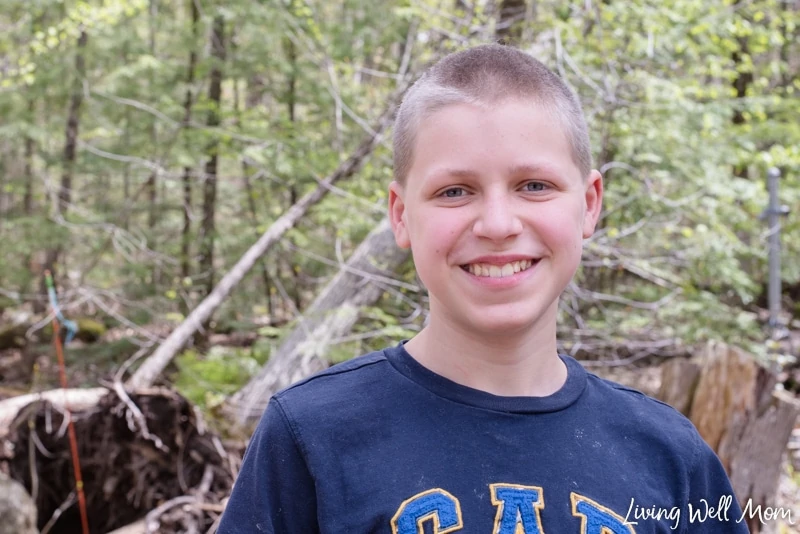
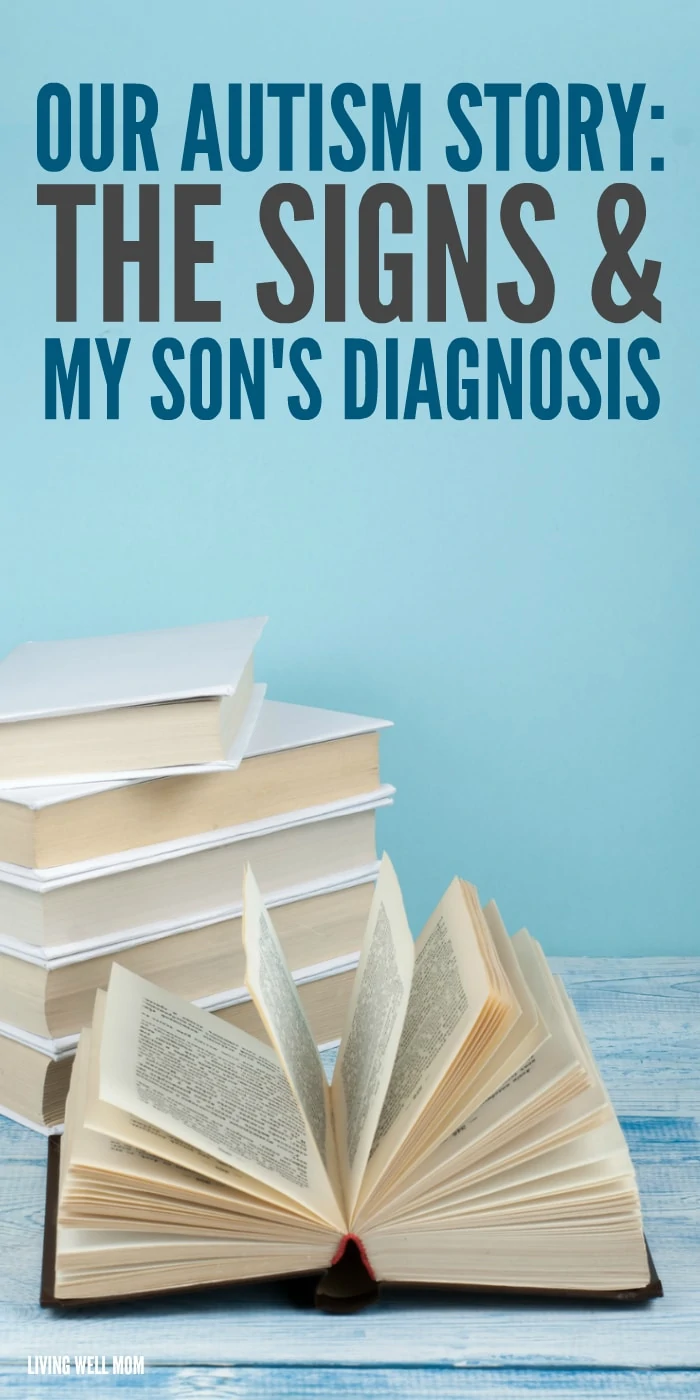
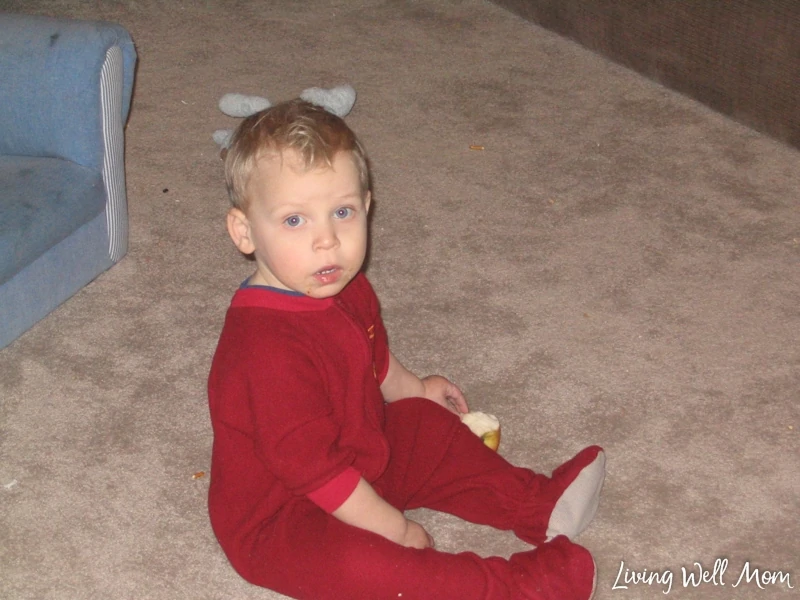
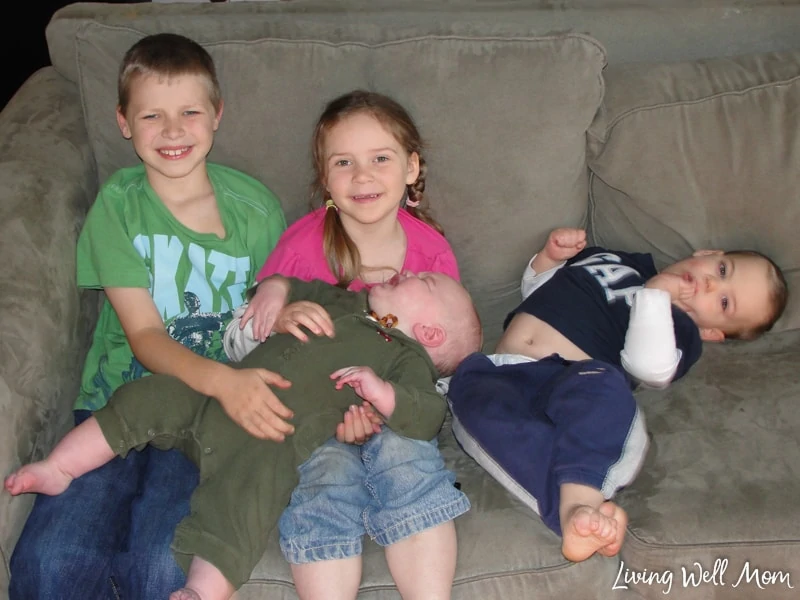
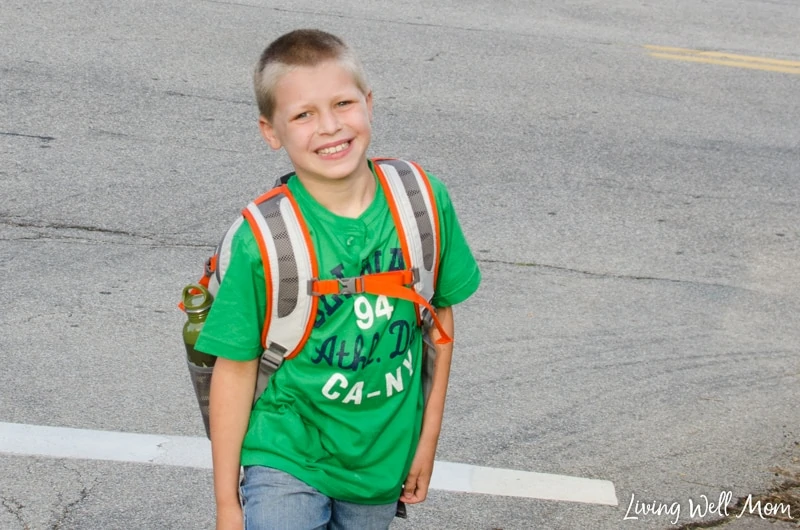
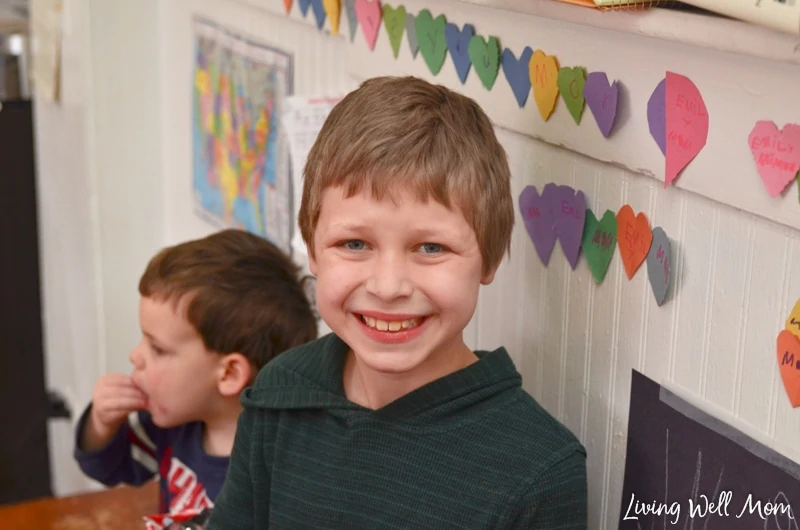
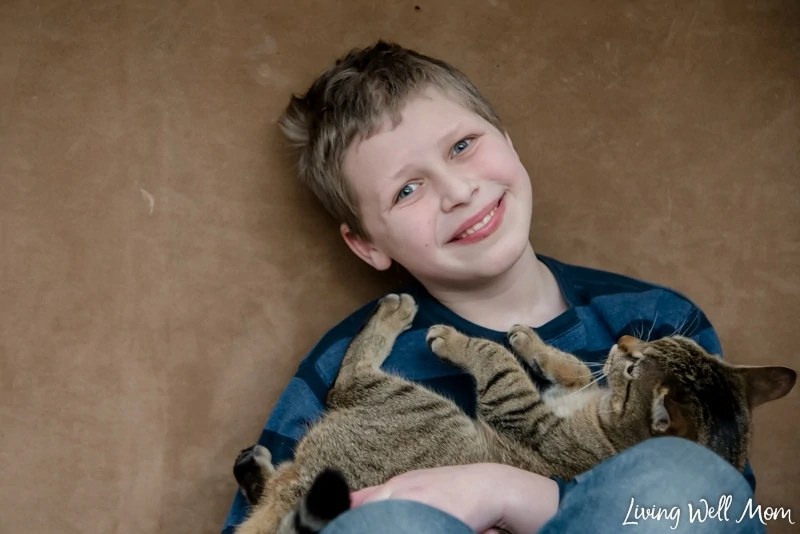
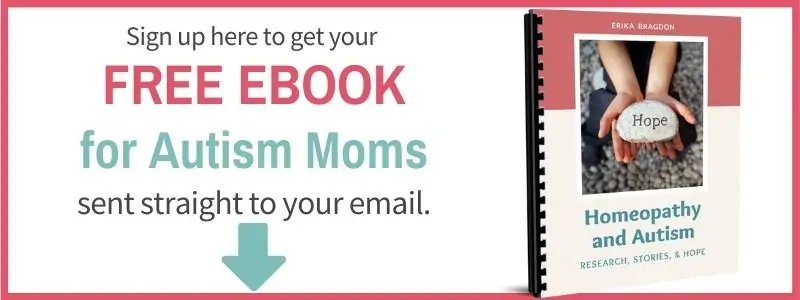



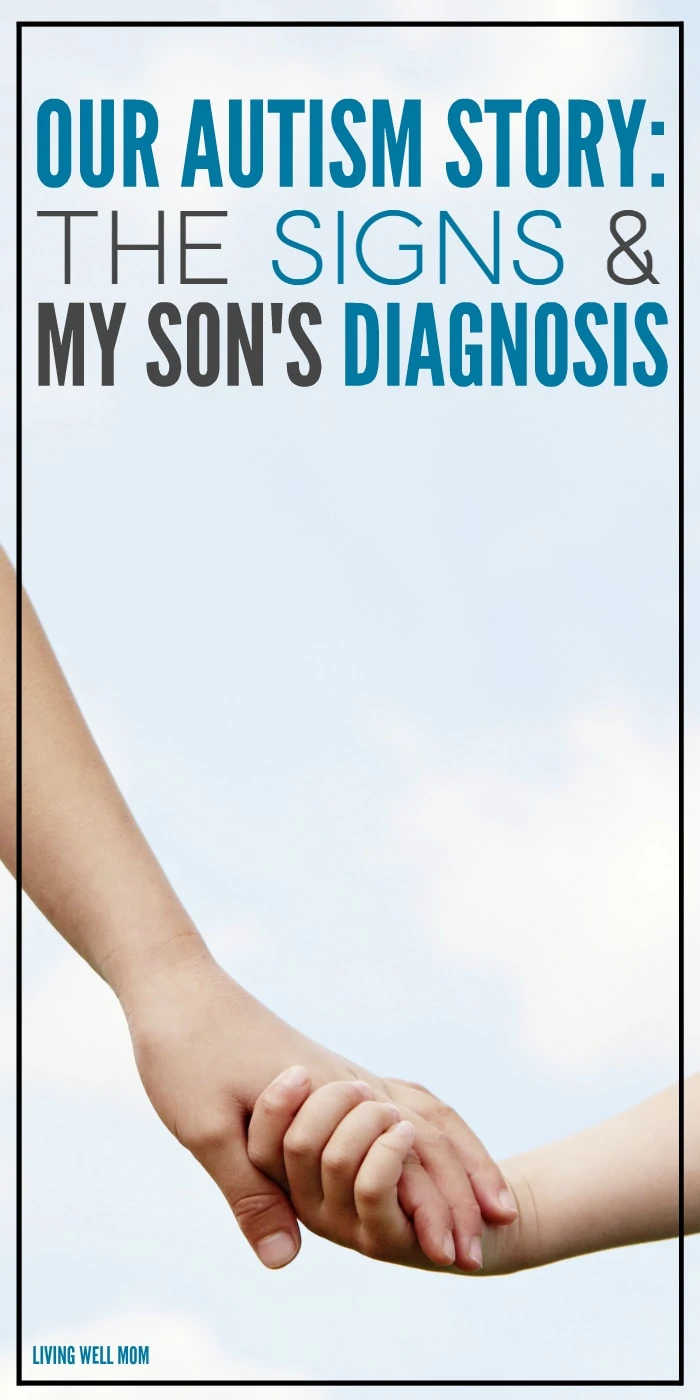
Susan O'Neil says
Erika, thank you for sharing your story. It is beautifully written. I love your perseverance and it is so exciting to see the progress he has made. God knew what he was doing when he provided Nathan with you for a Mom!
Carol Hill says
Erika – My heart aches for your journey. You would think we could do better by our kids with special needs by now. This will be my next book: My Bungo o’ Joy: raising a child with special needs in the new millennium. We should talk soon. Love ya!
Melissa says
WOW Erika, I couldn’t relate more to what you’ve been through. My son just turned 5 and I’ve been riding this rollercoaster since he was a year noticing that gut feeling that things weren’t right. Fortunately I listened and we’ve come so far but this anger and aggression has gotten me in quite a slump
I’m going to look into homeopathy as he does have an iep and is doing great in school. Thank you for your post and the hope:)
Karie says
I got to the part about cutting hair, and bawlwd. You were telling my story! Thank you!
Kim says
Thank you Erika, for your story. I have a 16 yr old son with Aspergers syndrome as well. I struggle at times and feel helpless, thank you for sharing your story. It gives me Hope.
Erika says
Hi Kim, thanks for commenting. Our journey is full of ups and downs too but there is always hope! Hugs!
Jo says
Hi! Just came across your page while Google searching Aspergers behaviors. I read the about you section and about your son.
My Aspergers/ADHD son is starting Kindergarten this year and I am planning on homeschooling him. Was there a curriculum/school book company that you found worked well for your son?
Thanks so much in advance for any answers you might have. I appreciate it so much !
Renee says
I found this article by chance and Im glad I did. i was actually looking for acne information, lol. Reading this article is like reading my present situation. I am a recent widow of 4 girls. I was recently diagnosed with Lupus after a few years of back and forth. My youngest child at 7 years old is just starting the process to see if she has autism spectrum, however, I have been really questioning if my 9 year old should get checked out as well. All of the signs you mention and a few extras, are shown in my kids. My 7 year old has PICA as well as OCD, massive tantrums, but loves school work and no IEP. My 9 year old had speech therapy for a few years, although her school work is okay, there is some things she still cant grasp like tying her shoes, buttoning her clothes. She hates light and noise. They both hate tags and complain about all their clothes being itchy. Your article tells me I should make sure I am vigilant to check both out just to be sure. Thank you for sharing.